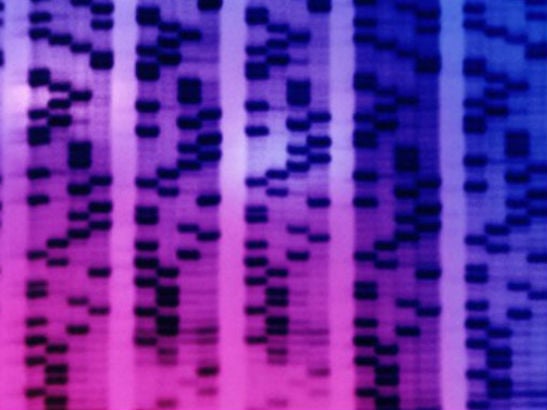.tmb-0874x492.jpg?sfvrsn=d2c35669_3)
Micrograph of seminoma testes showing lobules of uniform cells separated by delicate septae of fibrous tissue. Credit: Calicut Medical College via Wikimedia. Licensed under the Creative Commons Attribution-Share Alike 4.0 International license.
In the 1970s, The Institute of Cancer Research, London, drove the development of the platinum-based chemotherapy cisplatin which, when used in combination with other chemotherapy drugs, was highly effective. The 1980s saw the arrival of carboplatin – also developed at the ICR – providing a much less toxic alternative to cisplatin.
Death rates from testicular cancer – even in cases where the cancer has spread to other parts of the body – came tumbling down, falling by around 80%. Since the early 1970s survival for testicular cancer has risen continuously, and current cure rates are a remarkable 96%.
With the survival rates being so high, research attention now needs to be focused on the minority of cases where patients do not survive. These are men who have disease that is inherently resistant to platinum. Finding out what is genetically different in the tumours of men who do not respond to chemotherapy will be another critical clue.
Professor Clare Turnbull, a senior researcher in the Division of Genetics and Epidemiology, and an honorary consultant at The Royal Marsden NHS Foundation Trust, is at the forefront of pinpointing the inherited genetic variants which increase a man’s risk of developing testicular cancer, and those mutations in the tumour that convey treatment resistance.
'Significant repercussions' of research findings
In January, Professor Turnbull and her team uncovered new genetic mutations in testicular germ cell tumours, which make up the vast majority of testicular cancers. They found new chromosome duplications and other abnormalities that could contribute to the development of this cancer, as well as confirming a previous association with a gene called KIT.
Their study also found defective copies of a DNA repair gene called XRCC2 in a patient who had become resistant to platinum-based chemotherapy. They were able to support the link between XRCC2 and platinum resistance by sequencing an additional platinum-resistant tumour.
“Although generally testicular cancer responds well to treatment, resistance to platinum-based chemotherapy is associated with a poor long-term survival rate,” explains Professor Turnbull. “The repercussions of these findings could be significant for men suffering with this disease. In the future, men who are destined to fail platinum treatment – currently around 3% of cases – could be identified before they endure courses of chemotherapy and be offered different treatments, more suited to their particular type of tumour.”
Identifying at-risk men 'before they develop cancer'
Scientists are also looking for clues in the genes of men who have developed testicular cancer so these can be used to identify men who are at high risk of the disease before they develop the cancer. Professor Turnbull’s research in this area over the last 10 years has been highly successful.
With the recent discovery of ten new genetic loci associated with testicular cancer development, the total number of loci for testicular cancer identified is now 19 – and all of these have been found in studies led by or involving Professor Turnbull.
“Discovering genetic factors involved in testicular cancer potentially allows us to identify those at high risk before they develop cancer,” explains Professor Turnbull. “These men might benefit from screening, so we can catch the disease very early or even put in place preventative measures to stop them developing it at all.”
Thinking back to the 1970s, when around 90% of men with disseminated testicular cancer died of their disease, we have made remarkable progress. We still have a long way to go and we can do better, but our research is speeding the journey to more effective treatments.
